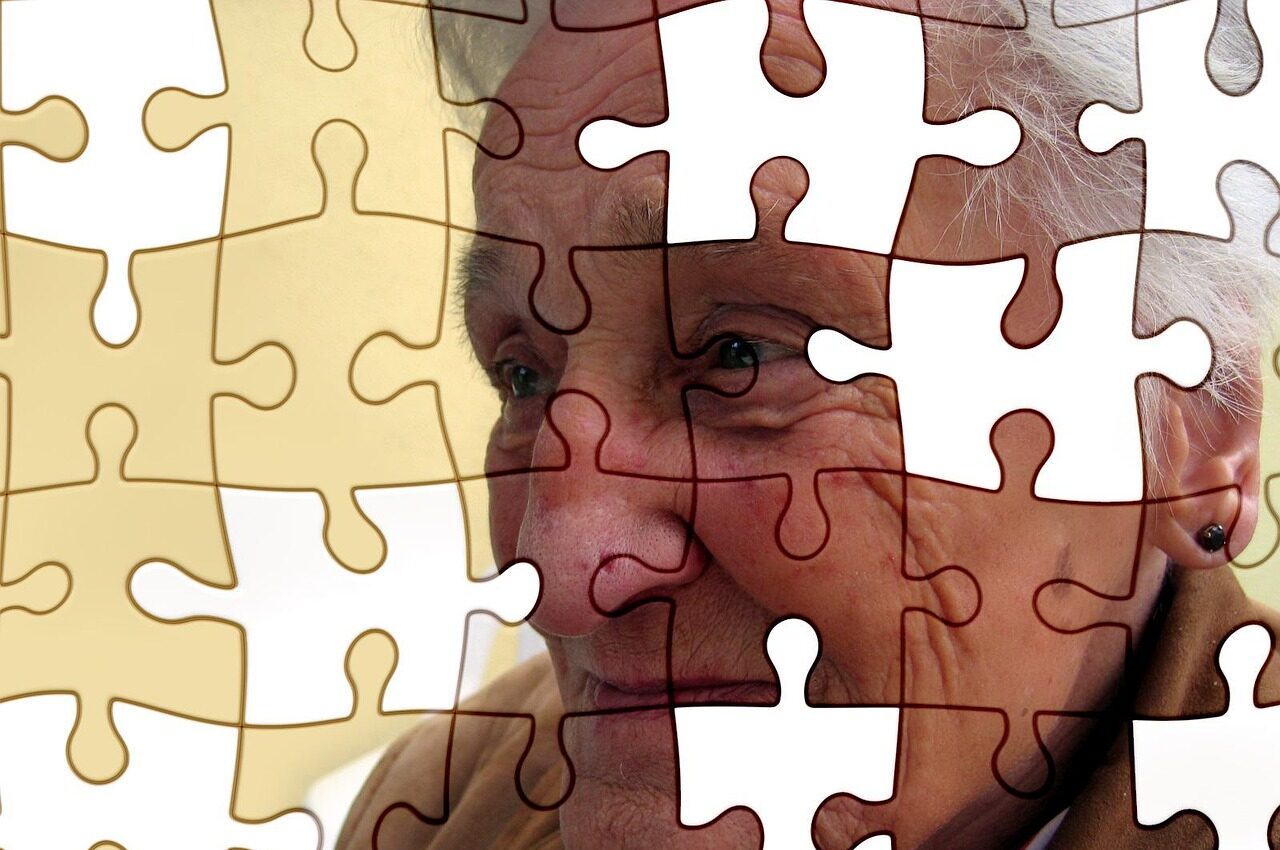
By Patty Wellborn
A new study by UBC Okanagan researchers explores for the first time how sitting affects blood flow in children’s brains.
The School of Health and Exercise Sciences researchers wanted to determine how prolonged sitting impacts the blood flow to children’s brains and how exercise breaks can make a difference. Previous studies have been done on adults, but not a group of children.
“The young brain demands more energy than the adult brain,” says Dr. Christine Tallon, who led the study for her doctoral research under the supervision of Dr. Ali McManus. “This higher demand means a correspondingly higher level of blood flow to the brain. We are therefore quite concerned that prolonged sitting may be worse for children than for adults.”
To assess the impact of extended sitting, a group of children, aged seven to 13, visited a UBCO lab twice. On one visit, they sat for three hours straight. On a separate visit, they again sat for three hours but with a 10-minute exercise break—riding a stationary bike—each hour. For each visit, the researchers performed tests and measured blood flow in the brain using ultrasound.
“One test, called a neurovascular coupling task, looks at how blood flow increases when an area of the brain is engaged in a specific job,” says Dr. Tallon. “In essence, the act of thinking requires a quick, targeted hit of oxygen and nutrients, delivered by the blood.”
For this first test, the children were asked to solve a visual puzzle: looking for a Where’s Waldo character in an illustration. Visual stimulation is known to activate the occipital cortex which leads to a 20 to 30 per cent surge in blood velocity through the artery supplying it. However, the researchers found that with or without exercise breaks, the blood velocity remained unchanged. Dr. Tallon offers an explanation:
“As you might imagine, for children to stay seated for three hours presents a challenge. We allowed them to play games on electronic devices to keep them occupied and this likely impacted the test as the visual cortex would have been steadily engaged.”
This raises the question: if the brain is busy with a thinking task, is prolonged sitting actually a problem?
And this is where the second test comes in. Called cerebrovascular reactivity, this test did show an impact from excessive sitting.
Cerebrovascular reactivity is the ability of the brain’s blood vessels to dilate in response to stimuli—such as an excess of carbon dioxide in the blood—in order to increase blood supply.
A decline in cerebrovascular reactivity has been linked to a cognitive decline in adults.
To test cerebrovascular reactivity, the children were asked before and after the sitting period to breathe in a controlled mixture of air that included a higher than normal—yet still safe—concentration of carbon dioxide. This extra dose of carbon dioxide triggers the dilation of their brains’ blood vessels.
“After sitting for three hours without exercise breaks, the children’s cerebrovascular reactivity had decreased,” says Dr. Tallon. “In other words, the blood vessels had become sluggish.”
However, when exercise breaks were added, the children showed no sign of reduced cerebrovascular reactivity. Their blood vessels dilated at the same rate as prior to the test.
So, what does this mean for parents, teachers and caregivers who may have concerns about children being inactive for prolonged periods?
“Exercise is clearly beneficial and this is exciting,” says Dr. Tallon. “We did 10 minutes of exercise on the hour, but more research can help us identify the optimal dose of exercise to offset any effects of excessive sitting. We can safely say that having kids get up and move at least for a few minutes each hour is going to be good for them.”
The research was published in a recent edition of Experimental Physiology.
Media Contact
Patty Wellborn
Media Relations Strategist
University Relations
The University of British Columbia
Okanagan campus
Tel: 250 317 0293
E-mail: [email protected]
Content type: Media Release
More content from: Faculty of Health and Social Development, School of Health and Exercise Sciences
—
Previously Published on ubc.ca with Creative Commons License
***

Join The Good Men Project as a Premium Member today.
All Premium Members get to view The Good Men Project with NO ADS.
A $50 annual membership gives you an all access pass. You can be a part of every call, group, class and community.
A $25 annual membership gives you access to one class, one Social Interest group and our online communities.
A $12 annual membership gives you access to our Friday calls with the publisher, our online community.
Register New Account
Log in if you wish to renew an existing subscription.
Username
First Name
Last Name
Password
Password Again
Choose your subscription level
- Yearly - $50.00 - 1 Year
- Monthly - $6.99 - 1 Month
Credit / Debit Card PayPal Choose Your Payment Method
Auto Renew
Subscribe to The Good Men Project Daily Newsletter By completing this registration form, you are also agreeing to our Terms of Service which can be found here.Need more info? A complete list of benefits is here.
—
Photo Credit: iStock
The post UBCO Researchers Study How Prolonged Sitting Can Impact Children’s Brains appeared first on The Good Men Project.
Original Article










